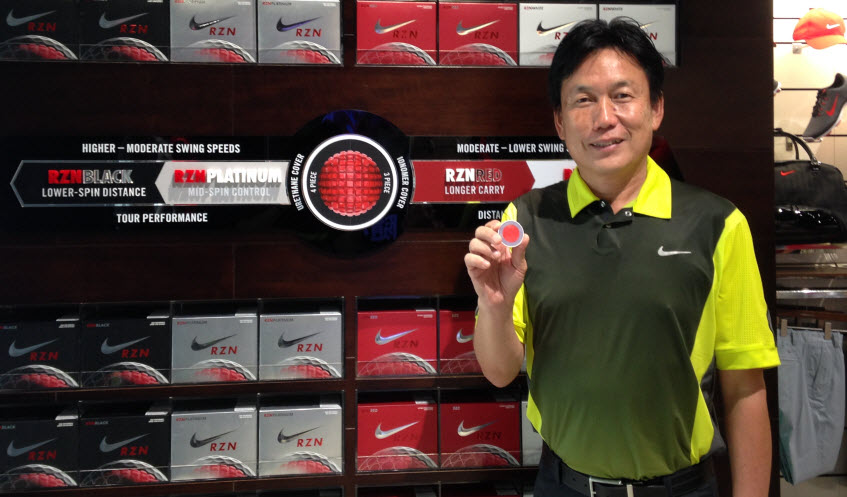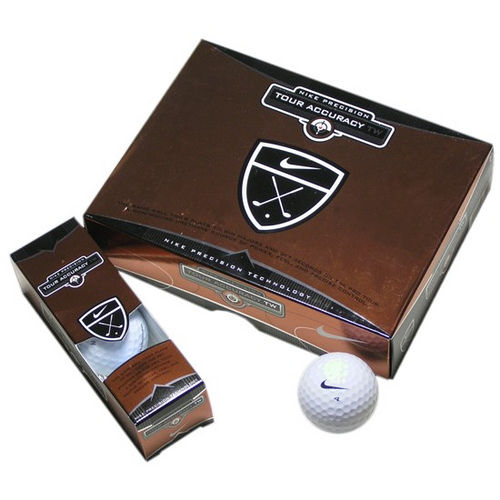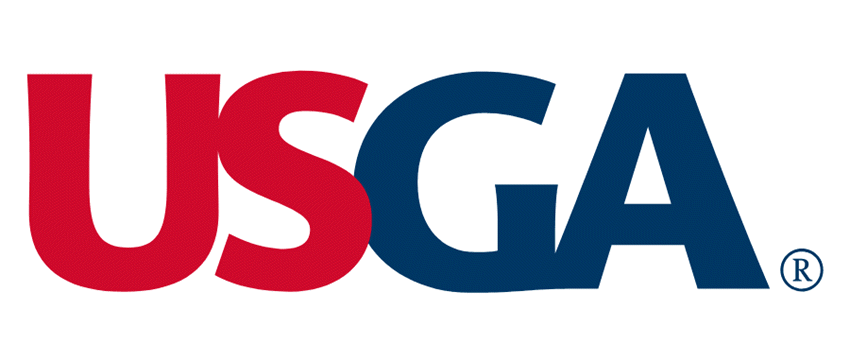Callaway Golf Snags Top Ball Designer from Nike
It’s not easy to make a name for oneself in the world of golf ball manufacturing. In fact, for over a century the list began and ended at one: Coburn Haskell. It was back in 1889 when Massachusetts native Haskell ran the fatal lance through the “guttie ball” that had been the standard, manufactured from rubber sap collected from tropical trees. Haskell was working in Akron, Ohio for the B.F. Goodrich Company which, then as now, mostly made tires.
Haskell won a patent for his game-changing golf ball that was fashioned with rubber threads wound around a solid rubber core. Suddenly the golf ball was flying 20 yards further. Haskell set up his own company in 1901 called the Haskell Golf Ball Company and thousands of new players flocked to the game. Even wound golf balls that didn’t carry Coburn Haskell’s name were commonly referred to as “Haskell balls.” It wasn’t until 1972 that the Haskell ball, long since referred to as a “three-piece” or “wound” ball, would be challenged by the first two-piece ball that was sent to market by the Spalding Sporting Goods Company, “The Executive.”
Beginning of the End of the Three-Piece Ball
That was the world Hideyuki “Rock” Ishii entered in 1989 when he signed on with the Bridgestone Tire Company with a Master’s Degree in Mechanical Engineering in hand. Bridgestone was mostly a tire company like Goodrich, and Ishii was tasked with bringing out Bridgestone’s first golf ball. Studying the game’s intricacies with Nick Price and Nick Faldo, Ishii did just that. The result was the game’s first two-piece ball that could perform at the professional level.
In the 1990s, Nike decided to move from being an apparel supplier to a golf equipment manufacturer, and Ishii was once again called upon to build a golf ball from scratch as the brand’s only ball engineer. Tiger Woods used the first Nike golf ball to win the United States Open in 2000 by 15 strokes, and the 21st century would continue on without the three-piece ball. All balls going forward would be composed of layers.
The Golf Ball Rock Star
Rock Ishii’s name would never appear on a golf ball, but his name was royalty in the industry. Throughout his career, Ishii approached golf from his grounding in science, research, and development. This approach was a perfect fit at Nike Golf, a company which invaded the sport untethered to the traditions of the game, and Ishii remained with Nike as Senior Director of Innovation. Led by Woods and Rory McIlroy, 25 major championships were won by players using Nike golf balls. Ishii was the driving force for every golf ball Nike brought onto the market until the Swoosh decided to shut down golf ball manufacturing in August of this year.
Following a short time as a free agent, Ishii signed on with Callaway Golf. After more than a quarter-century in the golf business, for the first time, he won’t be called upon to build the product from ground zero. Ishii will assume the title of Senior Director of Advanced Golf Ball Research. His responsibilities will include evaluating Callaway’s current line of balls which extend from the professional bags all the way through its low compression models for slow swingers. After more than 25 years of investigating every nuance of golf ball performance, it’s unlikely to expect any revolutions to emerge from Callaway laboratories, but given Rock Ishii’s track record, don’t count him out. Who knows, there may even be an Ishii ball in the future.






